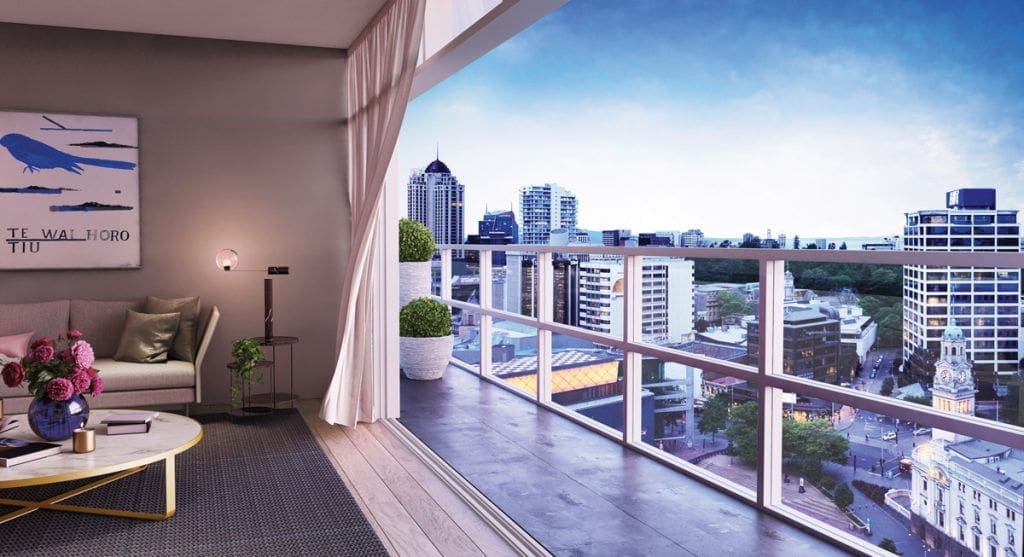Reshaping a City
Husband and wife team John and Josephine Love from Love & Co. are no strangers to the process of transforming old buildings into exciting new spaces but their latest project will define the heart of Auckland for generations to come.
Love & Co. are transforming the old Civic Administration Building (The CAB) into 17 levels of stunningly designed apartments set in a Civic Quarter of vibrant laneways hosting bespoke artisan delis, eateries, retail and a luxury hotel. We talk to John Love about how this immense project is tracking, the future of property and the power of working with family.
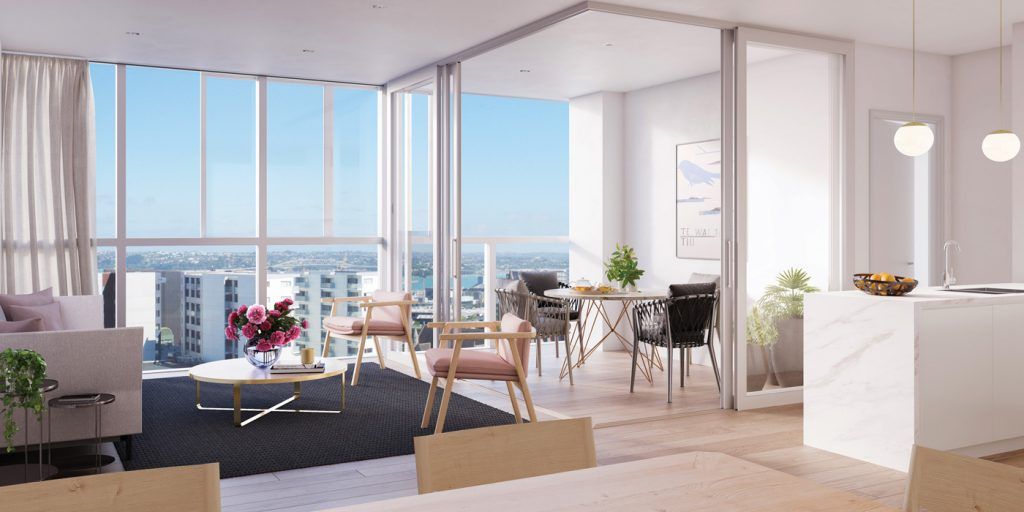
You have worked on some exciting projects that will define the way a lot of people live and engage with their city. Does this long-term nature of what you do bring added pressure? Josephine and I have been lucky to work on a number of exciting projects. The long-term nature of the transformations that we undertake, provides us with a real satisfaction. We feel privileged to have the ability to influence the fabric of a community in a positive way.
To take this even further, something like the CAB project involves such an iconic structure and location within Auckland. Does this change the way you approach the development? Our approach to each development is to make a thoughtful evaluation of the buildings, both new and existing, and the environment in which they sit, and then use this to drive our approach.
How’s the project tracking? The project continues to track to programme and we are pleased with the success to date. We are grateful for the strong positive relationship we have, not only with our expert consultant team, but also with Panuku, our neighbours, Regional Facilities Auckland, and the wider Council team.
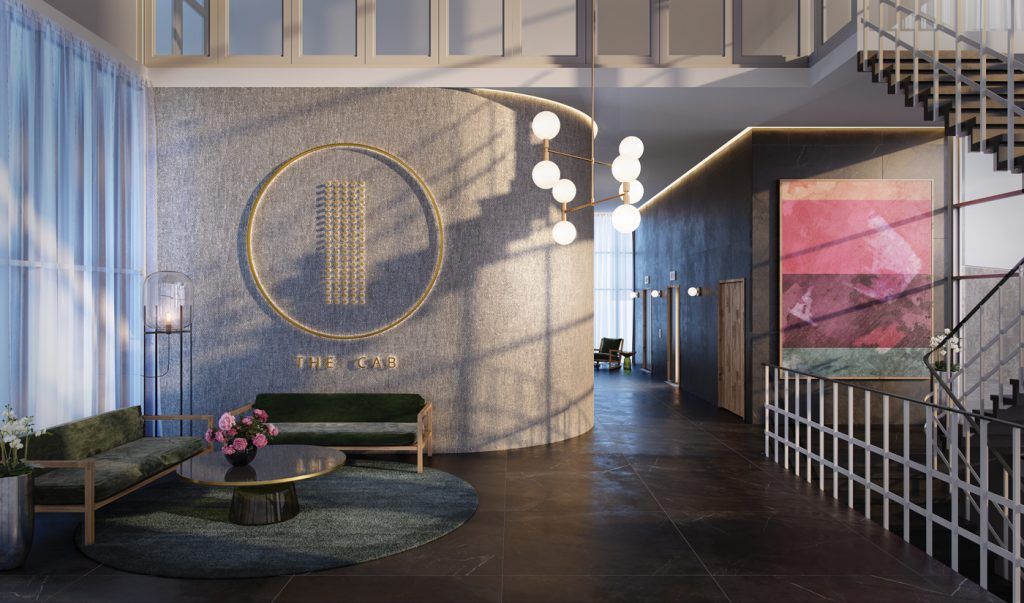
Within the CAB project there are a lot of really family friendly apartment options. Does this speak to a growing future trend do you think for inner-city apartments? The evolution of apartment living in Auckland continues to gather pace and we feel that our apartments are focused on family in the broader sense. We aim to cater for people in different stages of their lives from first home buyers, to those with young families, through to empty nesters with grown children who return from university from time to time.
You have been at the forefront of some slick re-appropriation of inner-city space into much needed apartments. What further capacity is there for this over the next 10 years do you think? Is this one of the solutions to the “housing crisis”? Adaptive re use of existing built form is an important tool in urban regeneration and meeting housing demand. However, this needs to be supported by new builds that intensify underutilized existing sites. We have a strong view that intensification close to existing civic and transport infrastructure is a more pragmatic approach than increased infrastructure investment and heavy greenfields development.
Property prices have obviously become a bit of a political football recently and there is a bit of media hype about sales volumes over the last few months yet we still have the same market fundamentals in terms of supply and demand. Based on your experience where do you sense the market will be over the next 5 – 10 years? Volume has dropped and data appears to show that prices have remained largely constant. I can’t see the fundamentals changing any time soon. In fact, I would expect to see a reduction in supply, and a further increase in price, as a result of the lending restrictions that have been put in place, as they have negatively impacted the construction of new homes. I would also expect data will begin to show a push in rents as yields begin to re adjust.
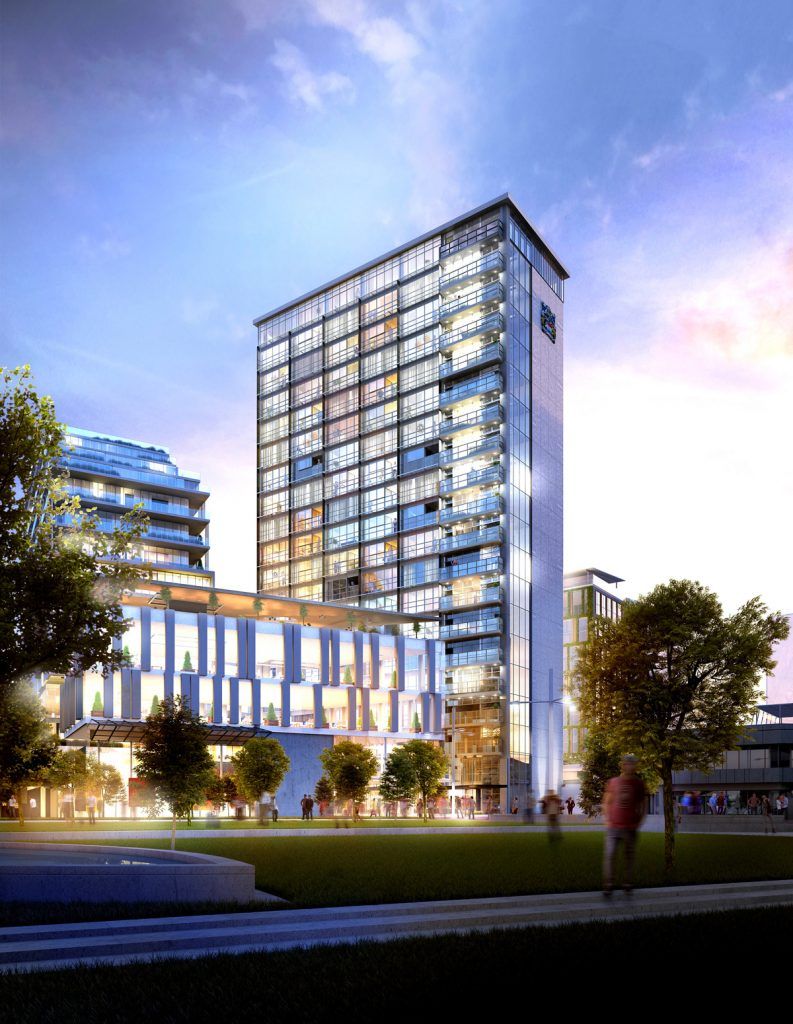
Rather than trying to bring the market down working LVR, looking at immigration and other levers, what other solutions are there? Do we need to reframe our expectation about first home buyers being able to buy a ¼ acre section and standalone house right away? My view is that the current levers being utilised are rather blunt instruments and don’t drill down to why a property costs what it does. The construction of new property is fundamentally a sum of land cost, build cost (broadly; construction, funding, consultants, and council) and margin for risk. Rather than trying to control prices outside of the supply chain, government needs to look at the elements of the industry supply chain and understand how it can assist in bringing these costs down. Included in this is RMA reform and the increasing layers of council regulation, that while arguably may create better quality homes, add substantial costs to the building process. Accordingly, in terms of reframing the 1/4 acre dream, I think the better question is reframing why the 1/4 acre dream costs what it does at a real world level, and exploring the alternatives that still allow families to have a fulfilling lifestyle in areas with greater density.
The great thing about buying a CAB apartment is not only in securing a part of a key location for the future but it’s also having the full value of the apartment exposed to market growth at only 10% deposit in the meantime. Is this a key consideration for buyers? Location is key and Civic Quarter is unique in its ability to offer quiet park like surrounds with village style amenities moments away from key transport links. A 10 percent deposit secures you an apartment at the CAB with nothing further to pay until settlement, with the 10 percent deposit held in trust, not exposed to risk. There are probably few investments that offer this kind of opportunity. Personally my view is that our track record and ongoing commitment to delivering quality residences is as equally valuable.
You are no stranger to inner-city regeneration but CAB Apartments and Civic Quarter seem to have taken things to another level for you. What’s the biggest lesson that has come out of this so far for you? The benefit of upfront investment in a team of renowned experts in their fields; BECA, Naylor Love, Jasmax and Bayleys. The ultimate question is not how fast you start but how well you finish, and the investment in planning always pays dividends.
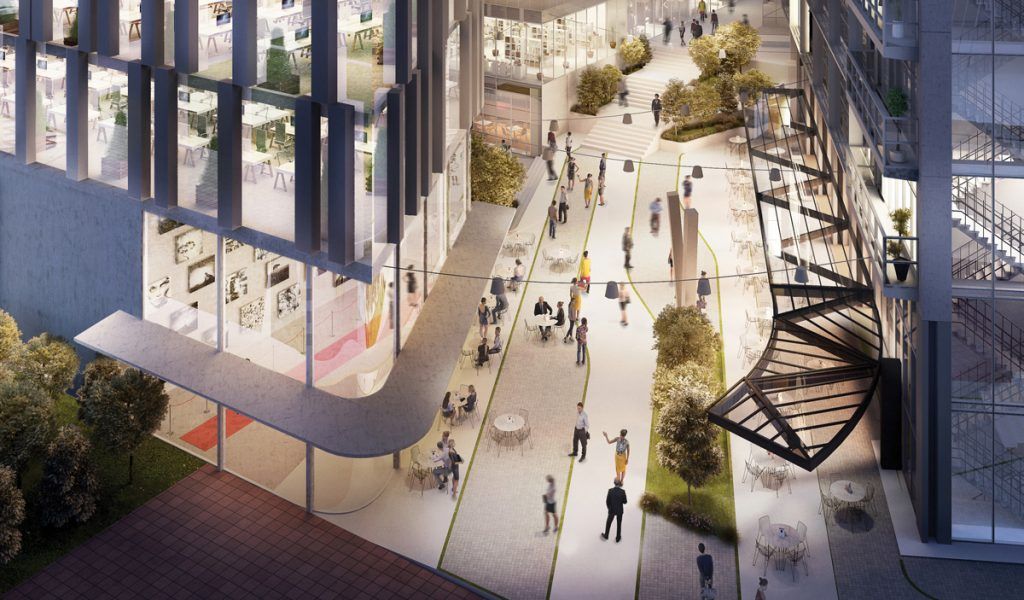
Love & Co. is really such a family business do you think that this is part of your success? We have been fortunate to be part of Josephine’s father’s business, Tawera Group, and to now move on to create our own family legacy with Love & Co. The great thing about a husband and wife team is that I get to go to work with the love of my life every day and while that can bring its tensions, we are fortunate that we have a “ying and yang” style business approach and are both fully committed not only to the success of our business, but also our family and our relationship.
What’s the best piece of advice that you’ve ever been given? Evaluate progress not only against your own measures, but also against others, to ensure focus on the variables that you can control.

